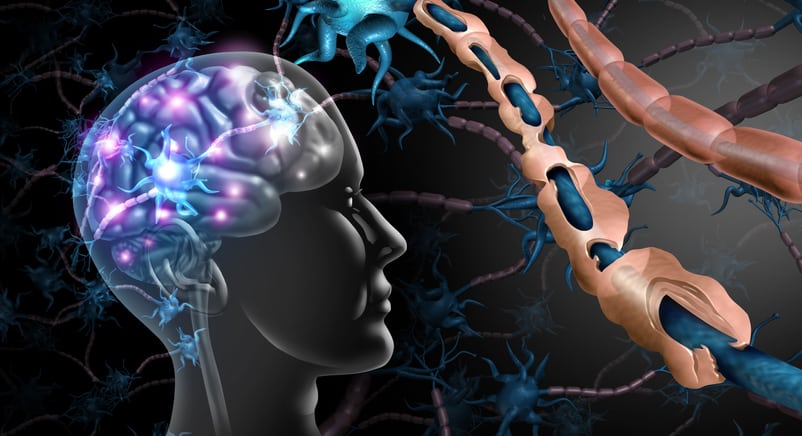The recovery of walking after stroke is a priority goal for recovering autonomy. In the last years robotic systems employed for Robotic Assisted Gait Training (RAGT) were developed. However, literature and clinical practice did not offer standardized RAGT protocol or pattern of evaluation scales.
This systematic review aimed to summarize the available evidence on the use of RAGT in post-stroke, following the CICERONE Consensus indications.
The literature search was conducted on Pubmed, Cochrane library and PEDro, including studies with the following criteria: 1) adult post-stroke survivors with gait disability in acute/subacute/chronic phase; 2) RAGT as intervention; 3) any comparators; 4) outcome regarding impairment, activity, and participation; 5) both primary studies and reviews.
Sixty-one articles were selected. Data about characteristics of patients, level of disability, robotic devices used, RAGT protocols, outcome measures, and level of evidence were extracted.
It is possible to identify robotic devices that are more suitable for specific phase disease and level of disability, but we identified significant variability in dose and protocols. RAGT as an add-on treatment seemed to be prevalent. Further studies are needed to investigate the outcomes achieved as a function of RAGT doses delivered.
Evidence-based improvement of gait in post-stroke patients following robot-assisted training: A systematic review.


